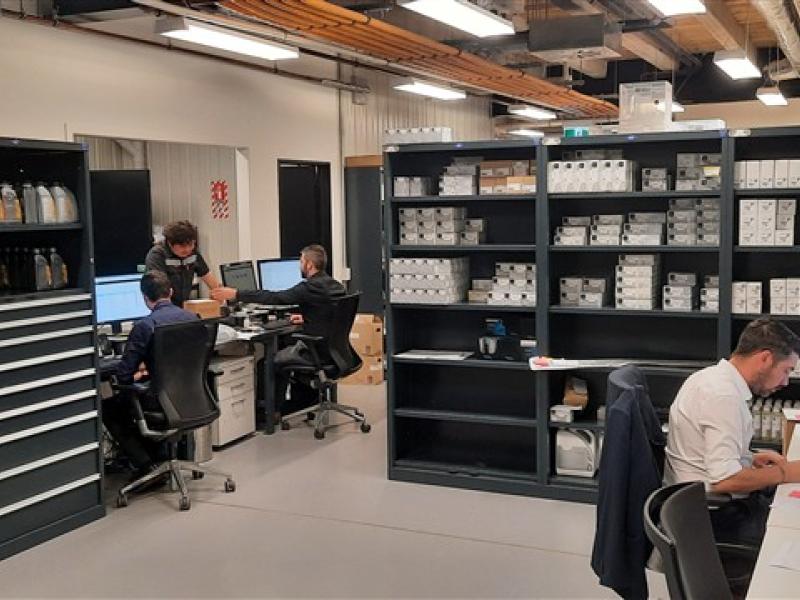Richard Conway explains some simple SEO techniques that business owners can use to edge the competition.
The past two years have cemented search engine optimisation (SEO) as perhaps the most important aspect of any business’s digital marketing strategy. If implemented properly, appearing organically on the first page of Google for the terms your target market is searching for is a proven way to drive sales, brand engagement, and loyalty.
Google dominates the search engine landscape in New Zealand, accounting for more than 93 percent of all searches in this country. That’s a massive playing field for your marketing efforts. It’s also a level playing field. Google does not share its algorithms, so no business benefits from any insider information.
The art of SEO is often complex and always evolving, but the fundamentals are still the same as when I started in the industry 20 years ago.
Google’s priority is delivering a good result for searchers, who are more likely to return if they get what they’re looking for. The core focus of good SEO is delivering on that user intent.
So what matters most to achieve that in 2022?
Pass the Core Web Vitals assessment
Core Web Vitals, or metrics to measure page experience, officially became a ranking factor in 2021. The three Core Web Vitals are:
1. Largest Contentful Paint (LCP) – This metric refers to how long it takes for the most important elements of your website to load on users’ screens.
2. First Input Display (FID) – This metric relates to the time it takes for the first interactive element of your website to load and become usable.
3. Cumulative Layout Shift (CLS) – This metric measures how your website behaves visually (such as the website scrolling smoothly).
Log into Google Search Console to see how your website measures up (Search Console is free, so you should install it if you haven’t already). Click on Core Web Vitals to the left. In addition to your score, you’ll also find insights into what you’ll need to do to improve your website.
Publish meaningful content
As we say in the SEO world, ‘content is king.’ That Google values content is no secret.
Google likes content because consumers like content. Write blog posts for your website and add content to your valuable product or service pages. As you do so, think about how that content will benefit your customers.
In my experience, a mixture of text and visual content (images, videos and dynamic elements) elicits the best interaction from users. Consider rich content hubs that cover a whole subject with many different groups of content.
Optimise for mobile
We’ve been saying this for years, but it’s more important than ever to ensure your website’s mobile experience is at least as good as your desktop experience.
Review your website on multiple mobile devices (smartphones and tablets) to ensure you deliver a consistently excellent user experience.
Each of the techniques I’ve discussed here relates to the user experience of your website. As an industry, SEO professionals are often at odds about what matters most, but we can all agree that user experience is paramount.






